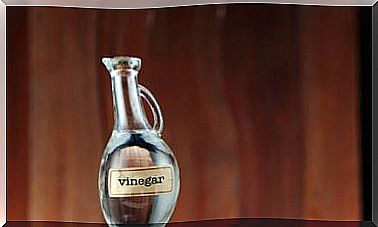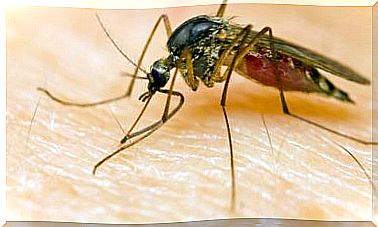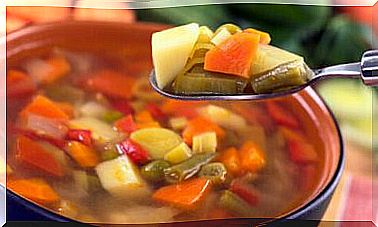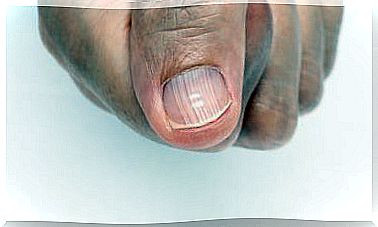6 Nerves Of The Hand That You Should Know
The tips of the fingers are one of the most innervated areas of the entire body. Discover the types of nerves that exist in this body structure.
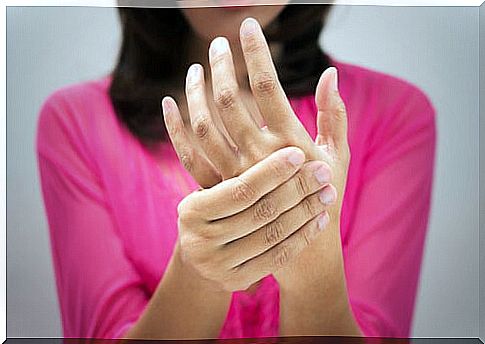
The nerves of the hand are a sample of the evolutionary prodigy that is this limb. At the tips of the fingers are some of the most innervated areas of the entire body. That is why they are the main source of tactile information for man.
The main nerves of the hand
For didactic reasons, the nerves of the hand are usually divided into two groups: those that predominate on the back and those that are found in the palm. However, these are not separated, but together they form an interrelated nerve network.
The nerves of the hand are responsible for transmitting the information of sensations to the brain and contribute to the movement of the hand, fingers and arm. Six of the most important are as follows.
1. The medium
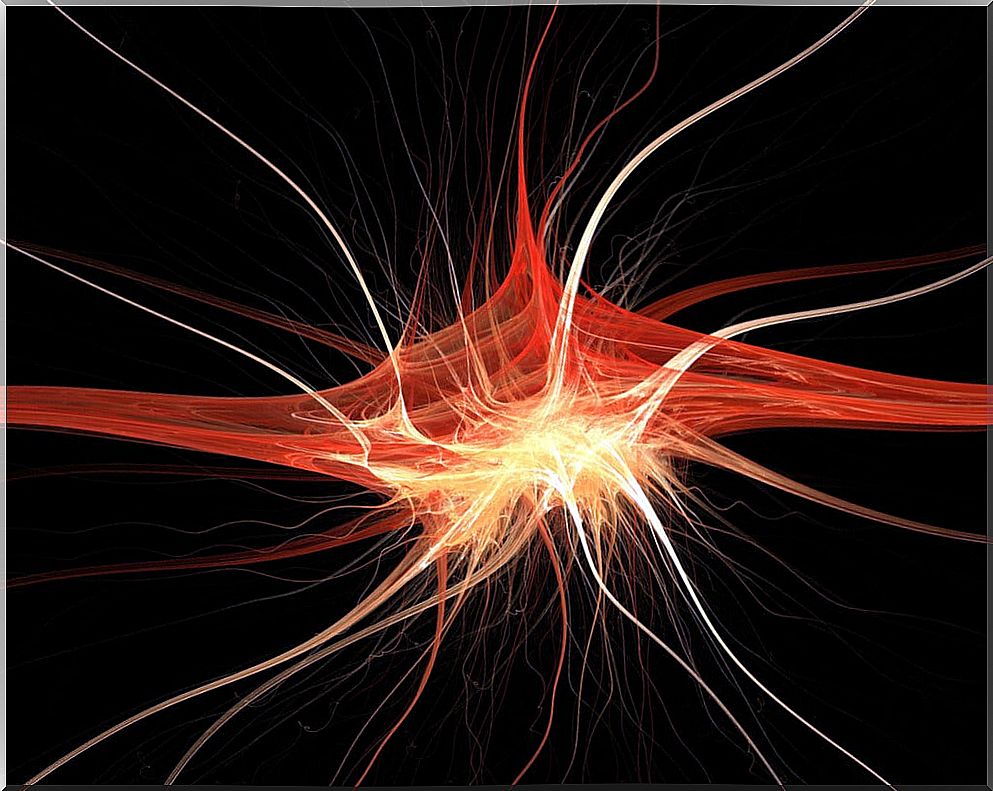
The median is a sensory-motor nerve . It innervates the muscles of the forearm and palm of the hand. It is divided into two parts: external and internal. The external division of this nerve gives rise to the palmar digital nerves of the first finger. Also to the external palmar digital nerve of the second finger.
For its part, the internal division gives rise to the internal palmar digital nerve of the second finger. Likewise, to the external and internal palmar digital nerves of the third finger and the external palmar digital nerve of the fourth finger. It is responsible for the sensitivity in the outer half of the palm of the hand.
The median nerve innervates the anterior ulnar, round and square pronator, superficial and deep common flexor muscles. Due to its location, it can be trapped at different points.
2. The ulnar nerve
The ulnar nerve is defined as a mixed nerve. This means that it combines motor and sensory fibers. It has a superficial branch that is supported on the hook of the hamate bone, at the level of the wrist.
From this branch the internal palmar digital nerve of the fourth finger and the palmar digital nerve of the fifth finger are formed. It is also known as the ulnar nerve. It only innervates two muscles of the forearm: the flexor carpi ulnaris and the deep flexor of the 4th and 5th fingers.
For the most part, it innervates the muscles of the hand. It is responsible for skin sensitivity in the ulnar half of the palm and the back of the hand. Also on fingers 4 and 5.
3. The radial nerve
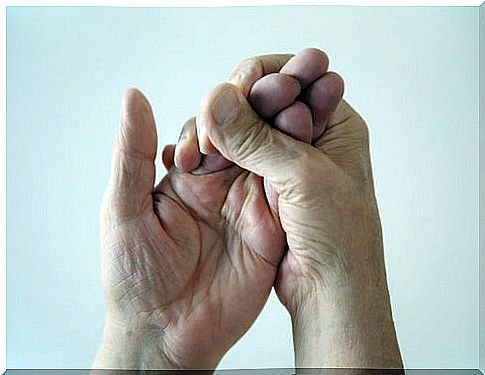
Another of the six most relevant nerves of the hand is the radial nerve. It is located in the palm of the hand. It innervates the upper lateral border and the lateral part of the thumb and radius, respectively.
It is a sensory-motor nerve. It is mainly involved with the extension movements of the elbow, wrist and fingers. Also with supination of the forearm. That is, with the turning of that area in and out.
It innervates several muscles, among which are the triceps. Also the long and short supinator, radial carpal extensors, extensor carpi ulnaris, common extensor digits, extensor digiti minimi, abductor pollicis longus, long and short extensors of the thumb, and extensor proper of the index finger.
4. Cutaneous radial nerve
It is located on the back of the hand. This nerve pierces the aponeurosis of the forearm. That is, the layer of tendons found in that area. It passes under the long supinator tendon. It then joins the radial motor tendon at the level of the internal canal of the elbow flexure.
The cutaneous radial nerve supplies the phalanges of the thumb, the first phalanx of the index finger. Likewise, the external part of the first phalanx of the third finger and the back of the hand, in its external part.
5. Cutaneous ulnar nerve
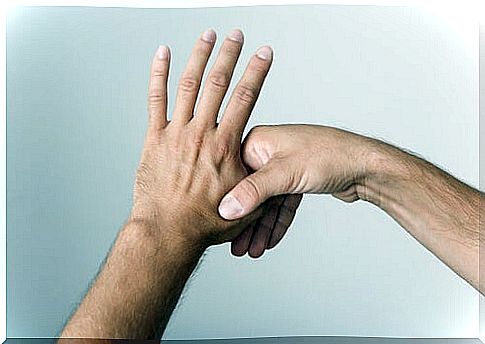
It corresponds to the dorsal branch of the ulnar or ulnar nerve. It basically innervates the inner edge of the third toe and the inner edge of the fourth toe nail. Similarly, the inner and outer edge of the fifth finger.
6. Median nerve
It is another of the nerves of the hand that is on the back of it. It innervates the distal phalanges of the second and third fingers. Also the outer edge of the distal phalanx of the fourth finger. It corresponds to a branch of the median nerve and has a basically sensitive function.
